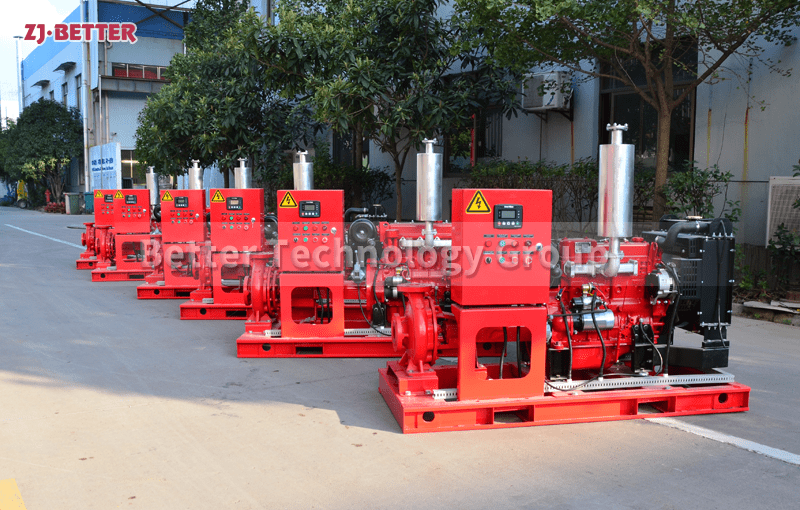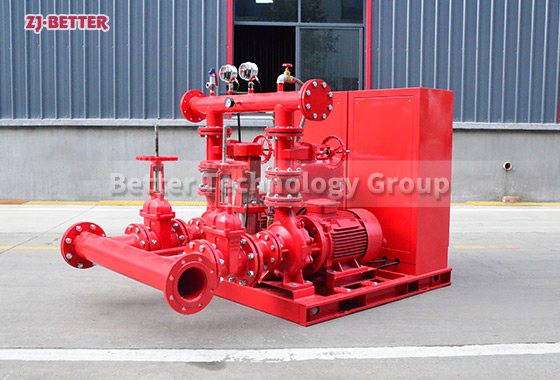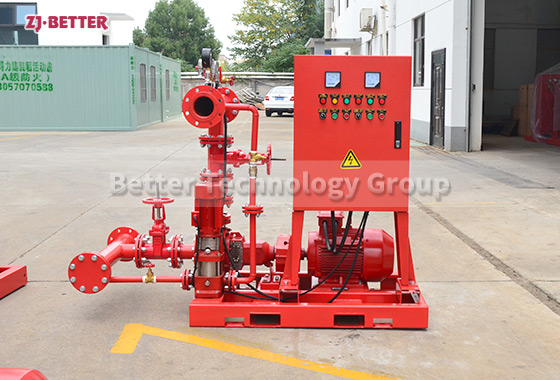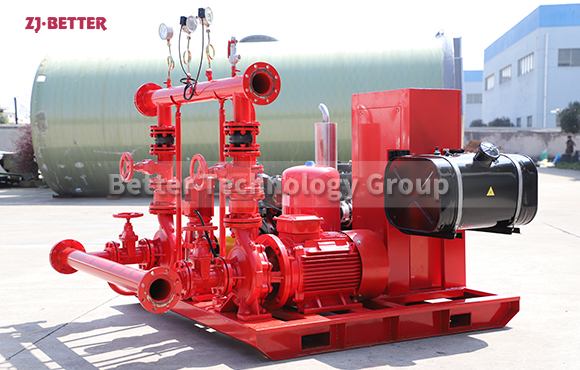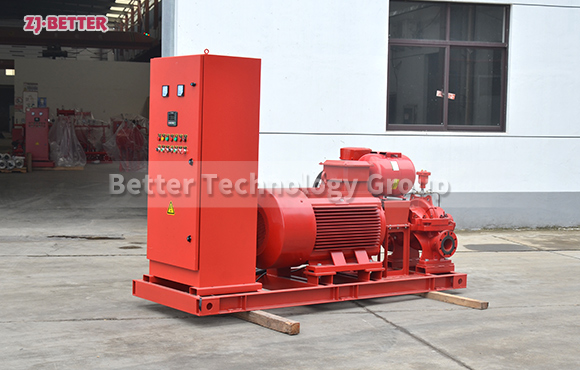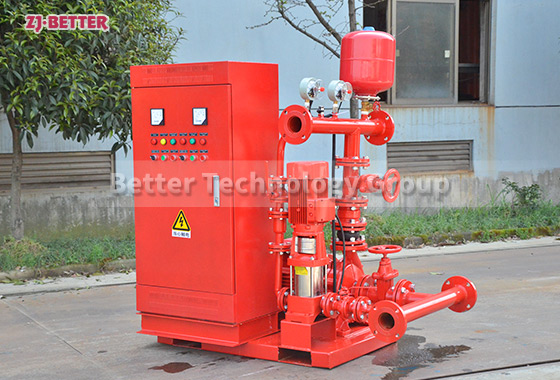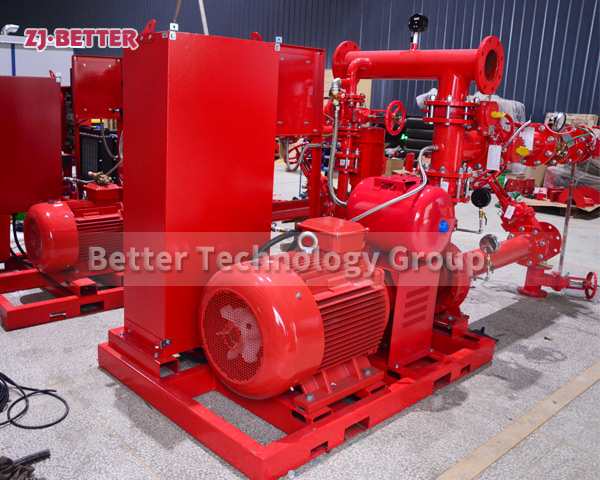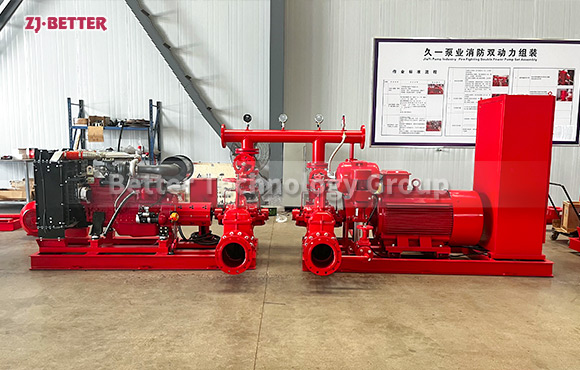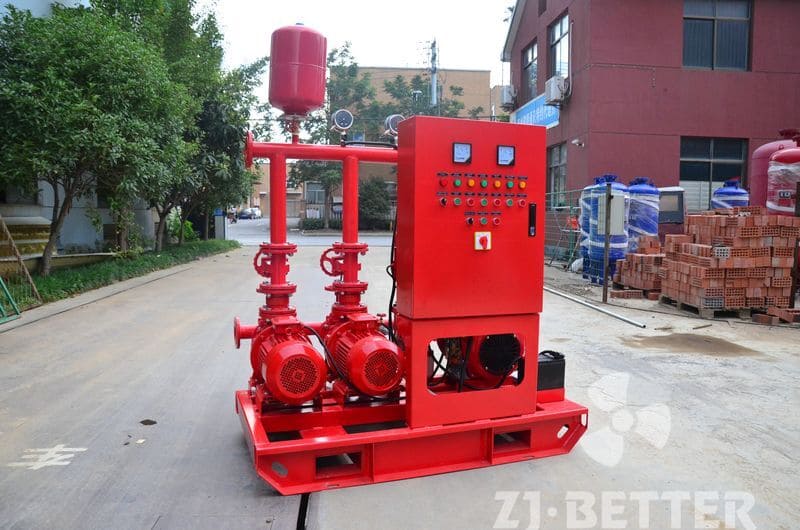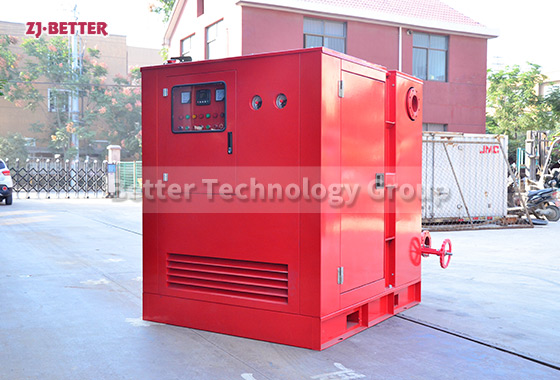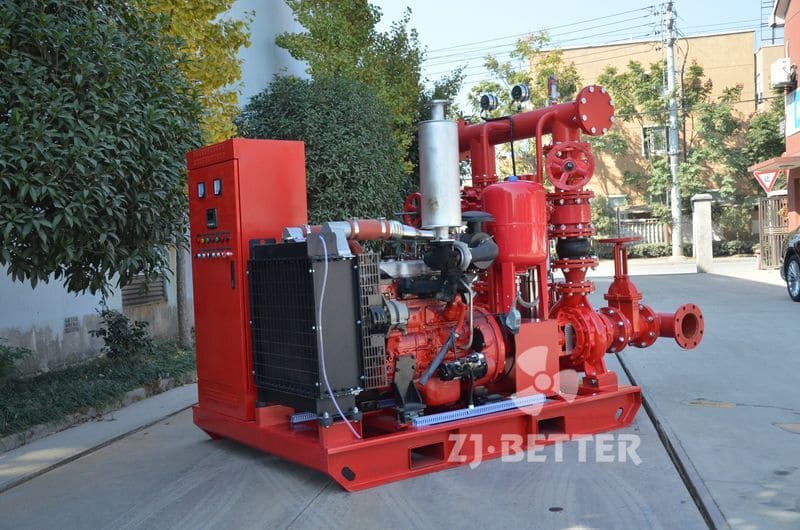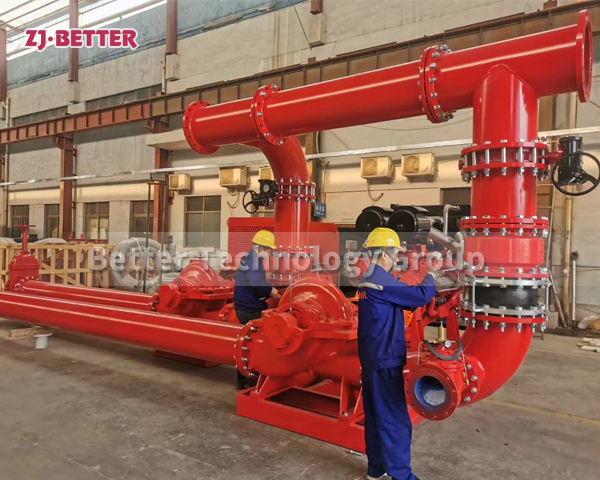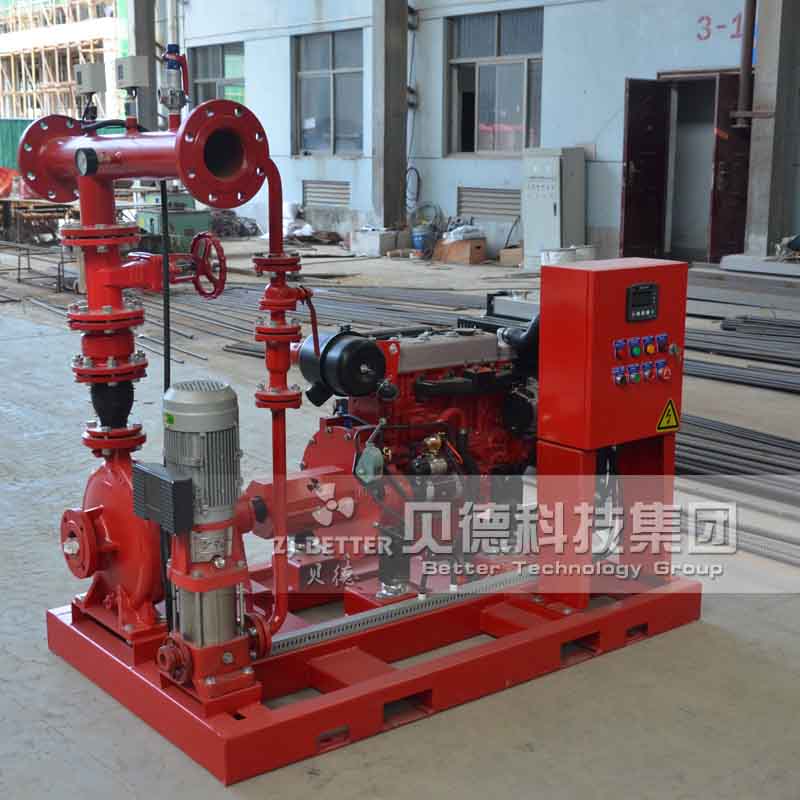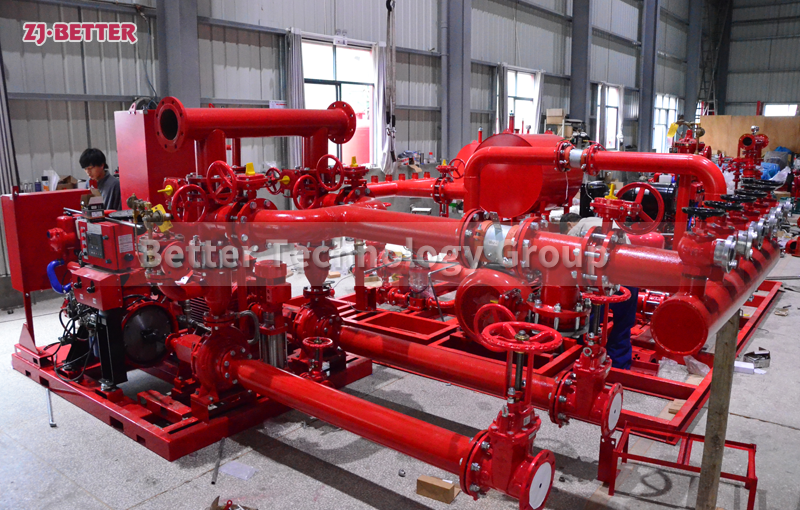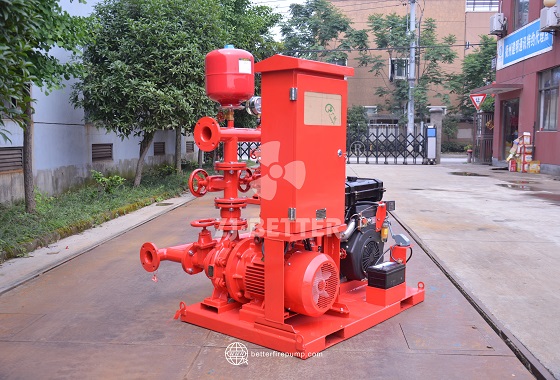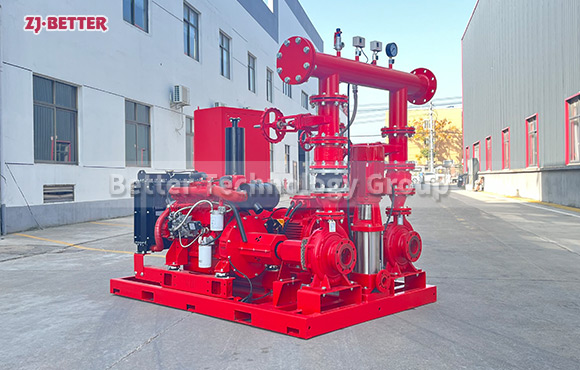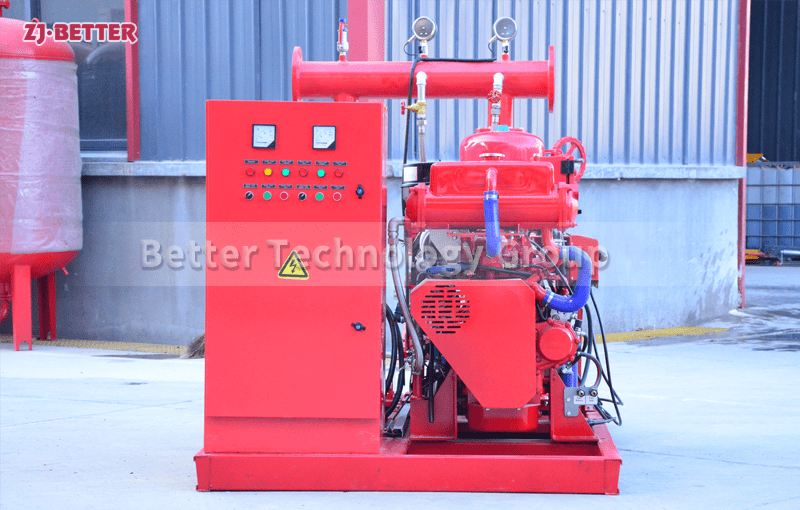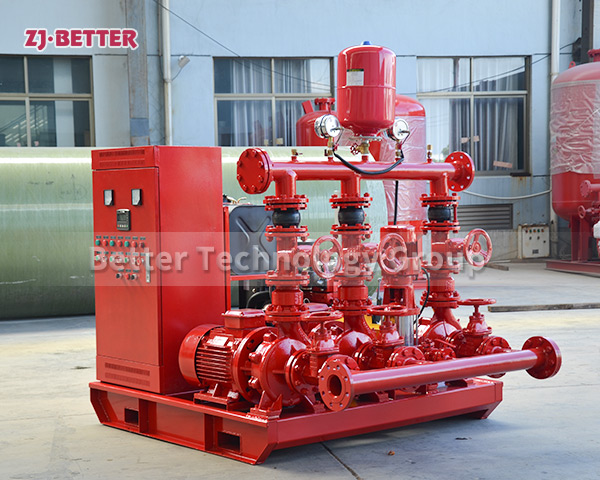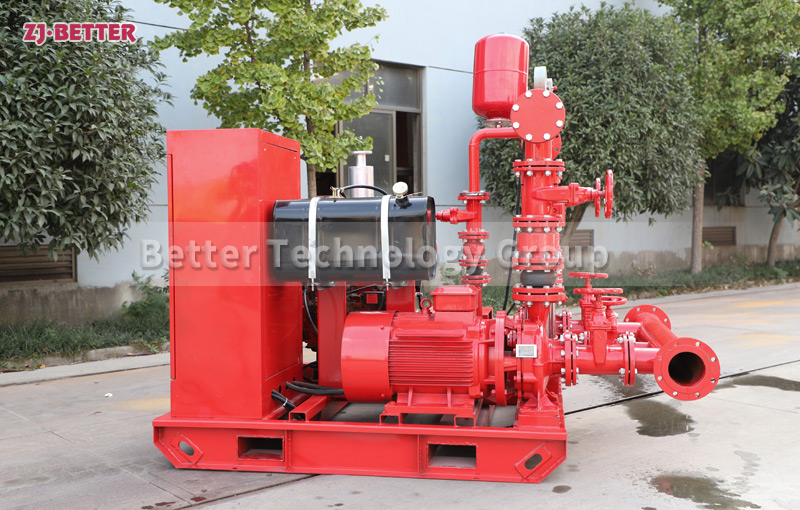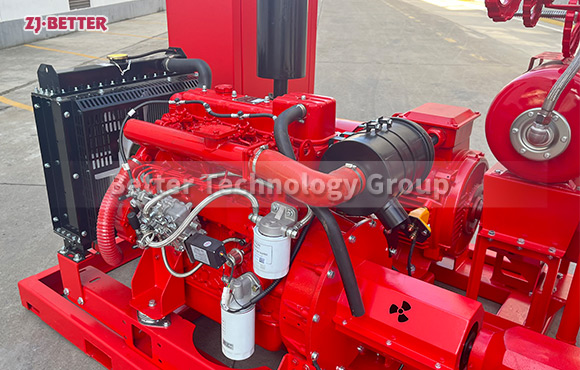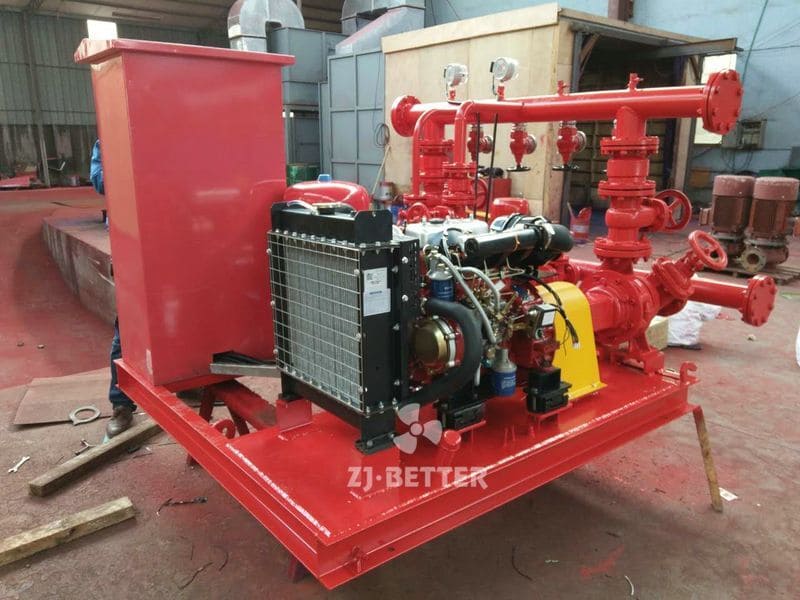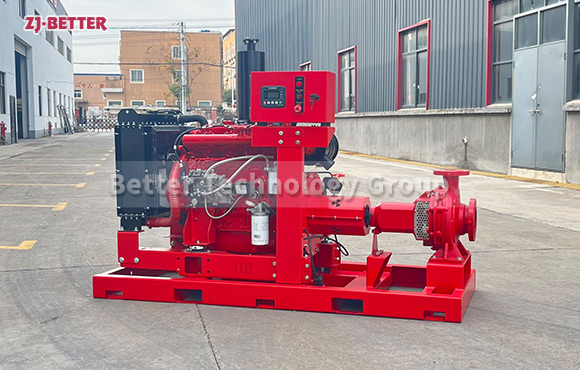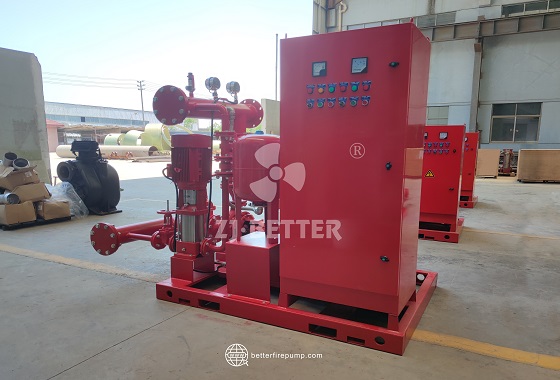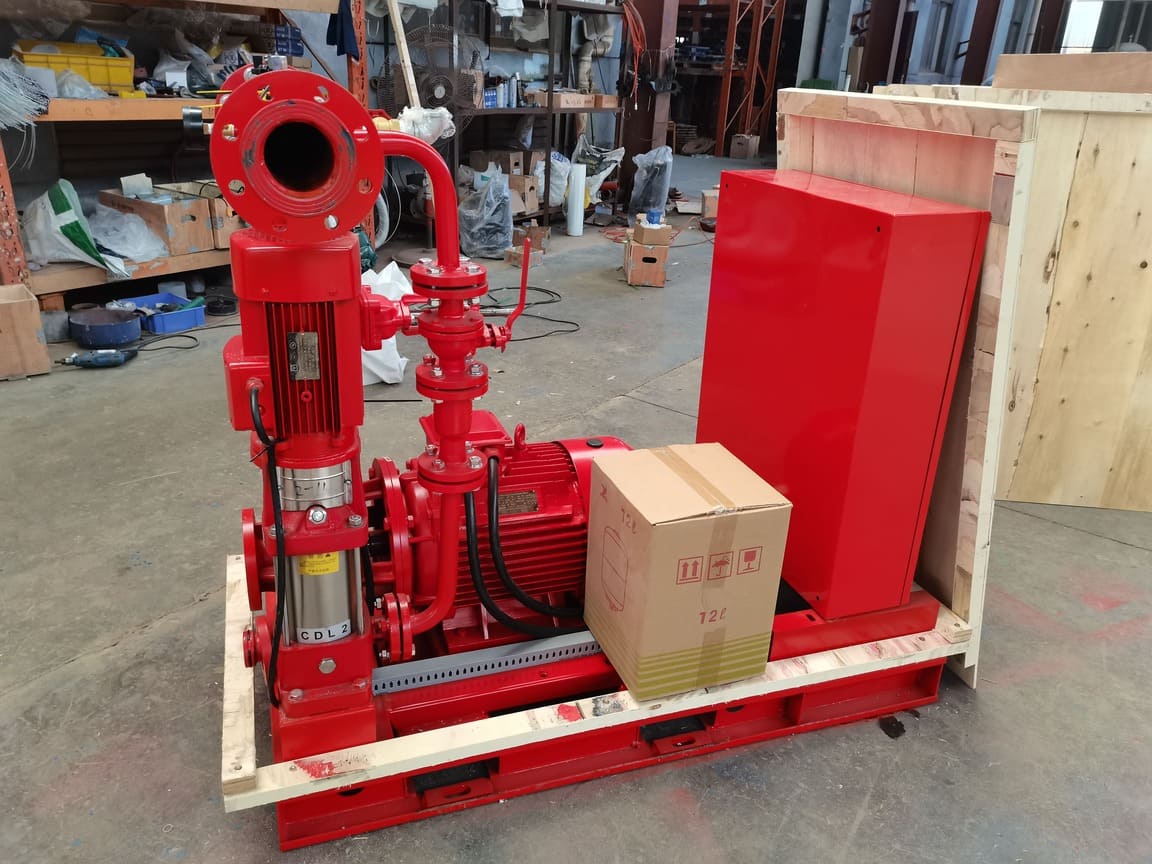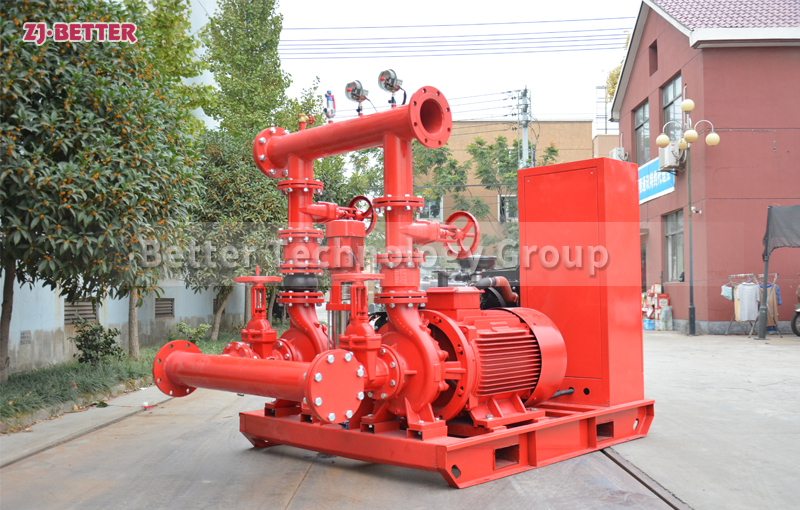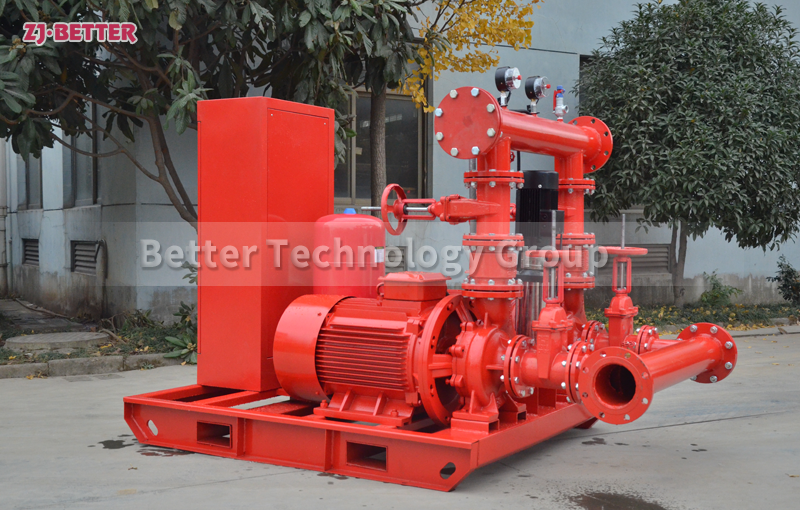How diesel engine fire pumps play an important role in fire safety
At the moment when fire safety is deeply rooted in the hearts of the people, diesel engine fire pumps are gradually replacing ordinary fire pumps, especially in manufacturing enterprises, with large flow water supply systems, excellent performance, and stable operation mode, they are the fire safety experts trusted by modern enterprises. However, the more expensive and high-tech products are, the more attention they need.
The diesel engine fire pump has automatic, manual and fault self-checking functions. It can monitor the working status of the whole process, restore the fault start, automatic pre-lubrication and preheating automatic restart functions, and make the equipment start safer and more reliable. It has the functions of central control room remote control, remote transmission control and field bus connection. The battery is in the form of fully automatic floating charging (constant current, constant voltage, trickle charging) to ensure that the battery is in a standby state at any time. The diesel engine fire pump is easy to use, equipped with remote transmission instruments and instruments, which can be connected to the control center as required, easy to install and use, and easy to maintain.

